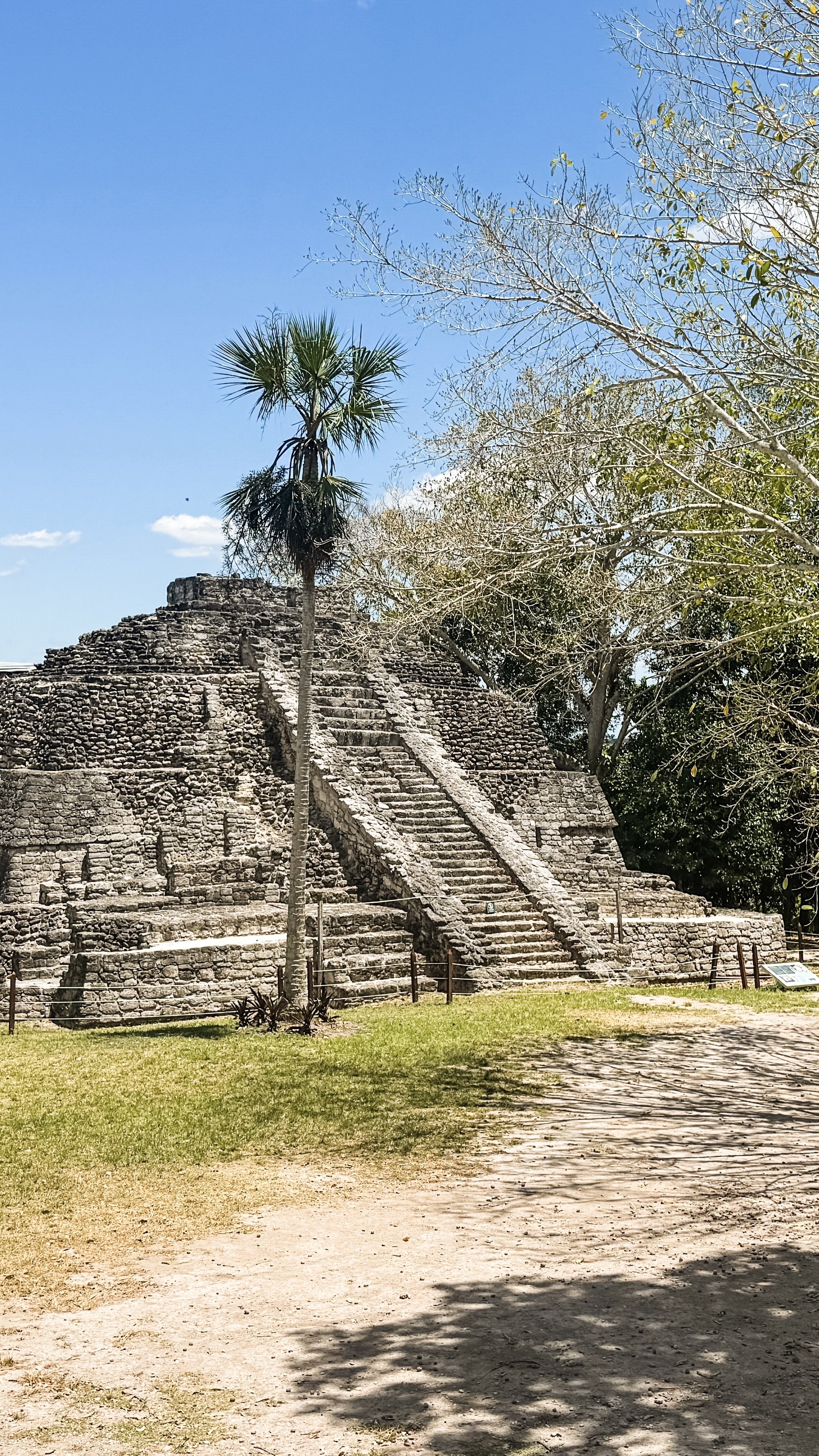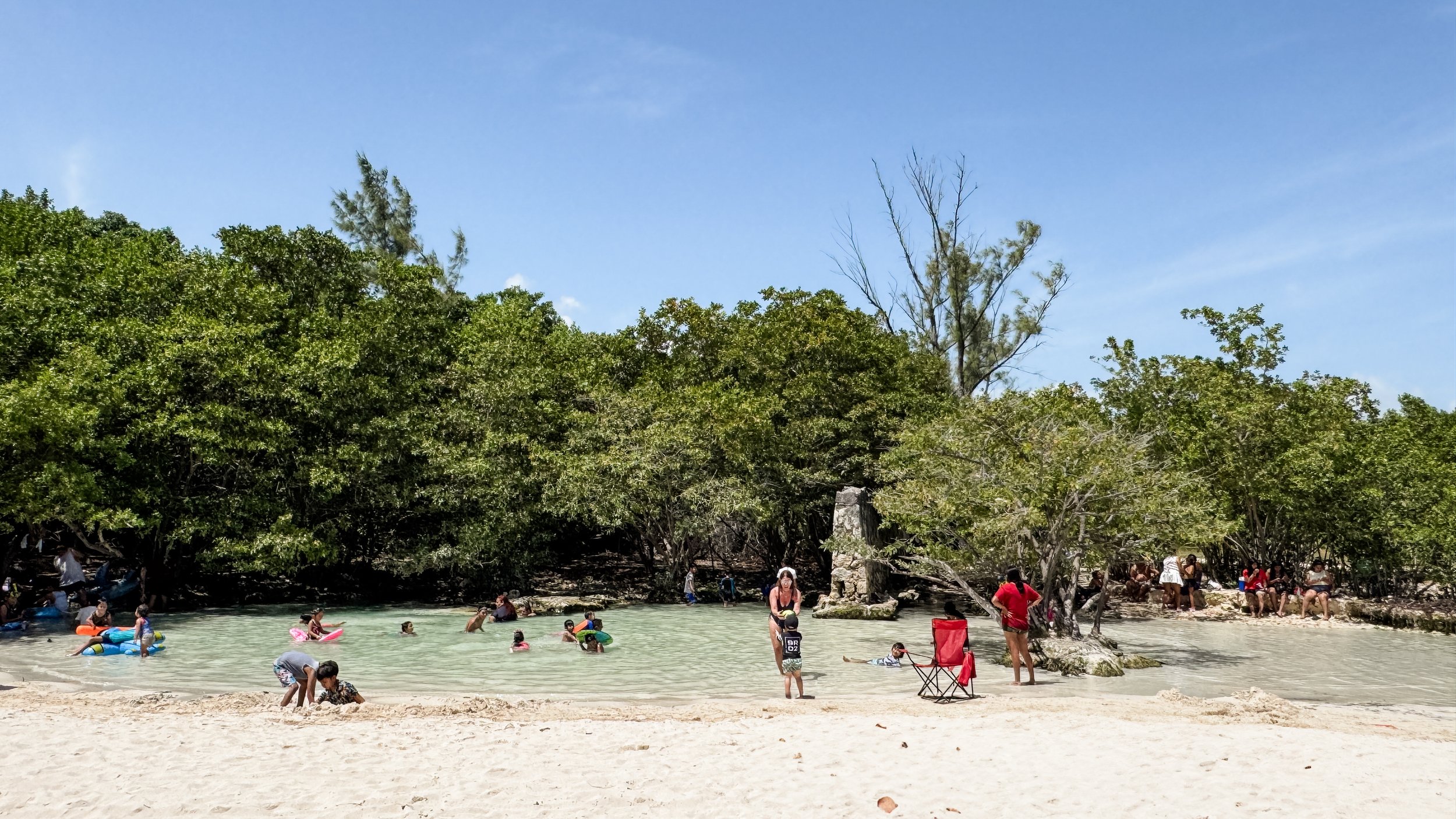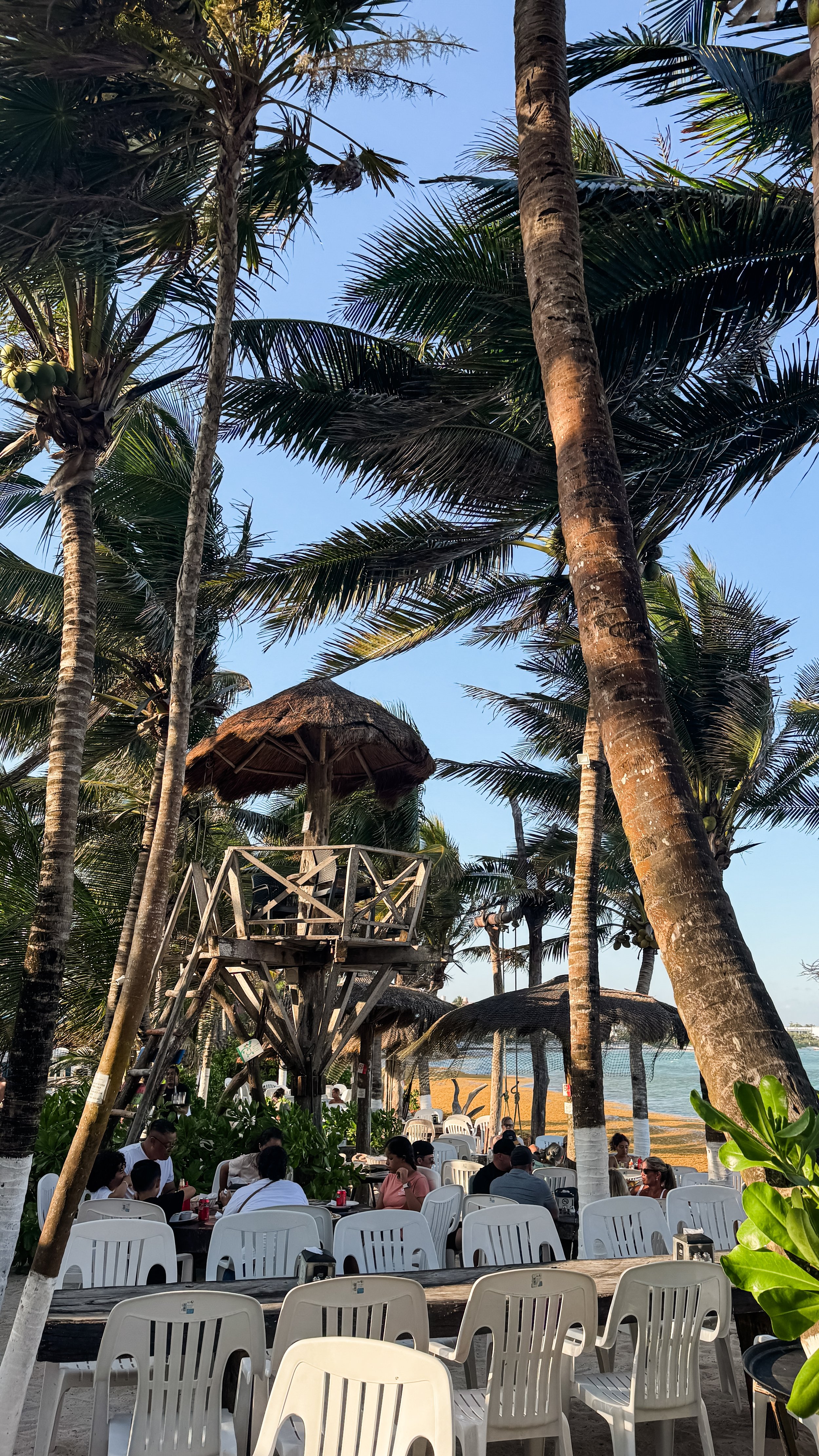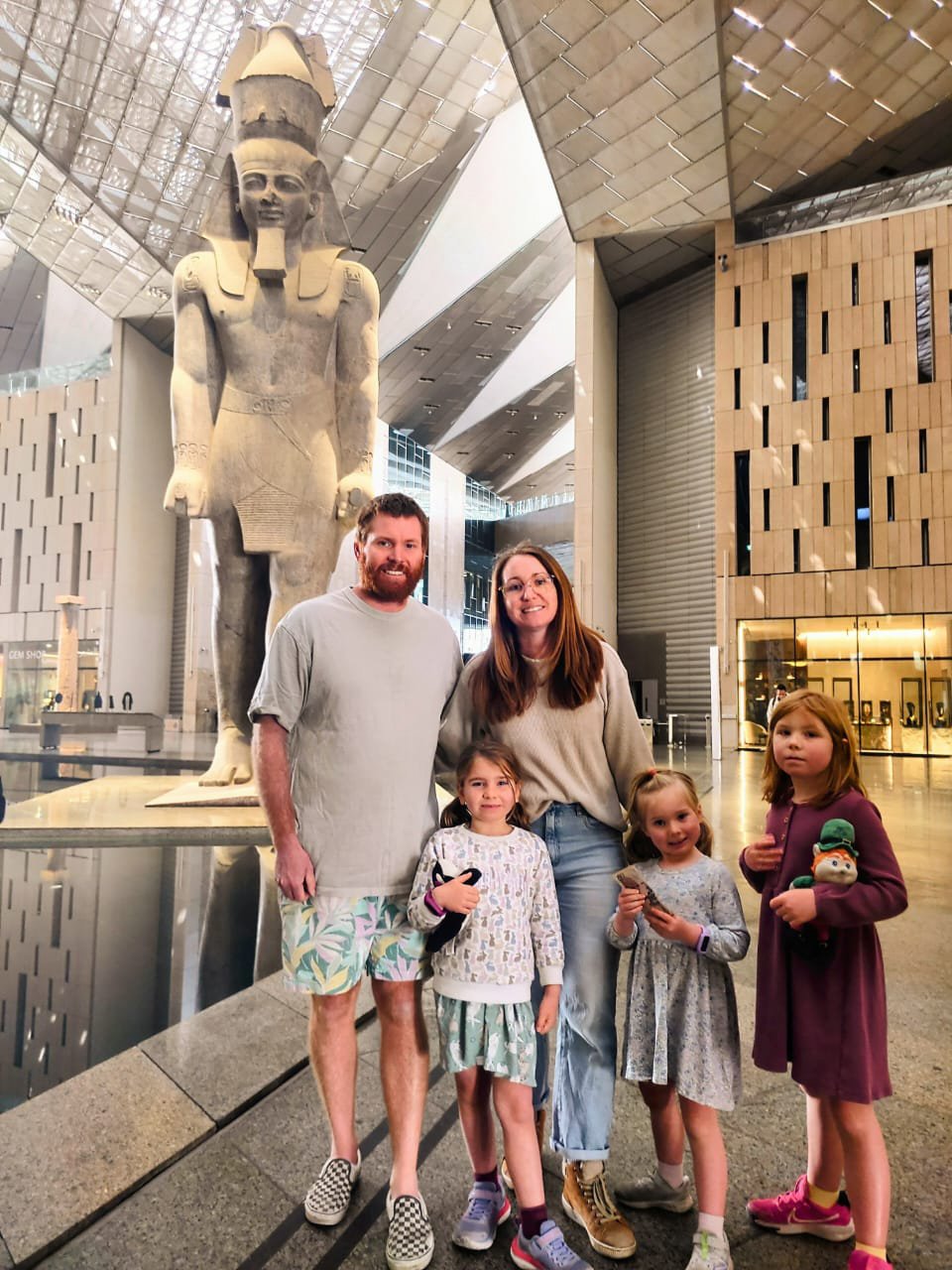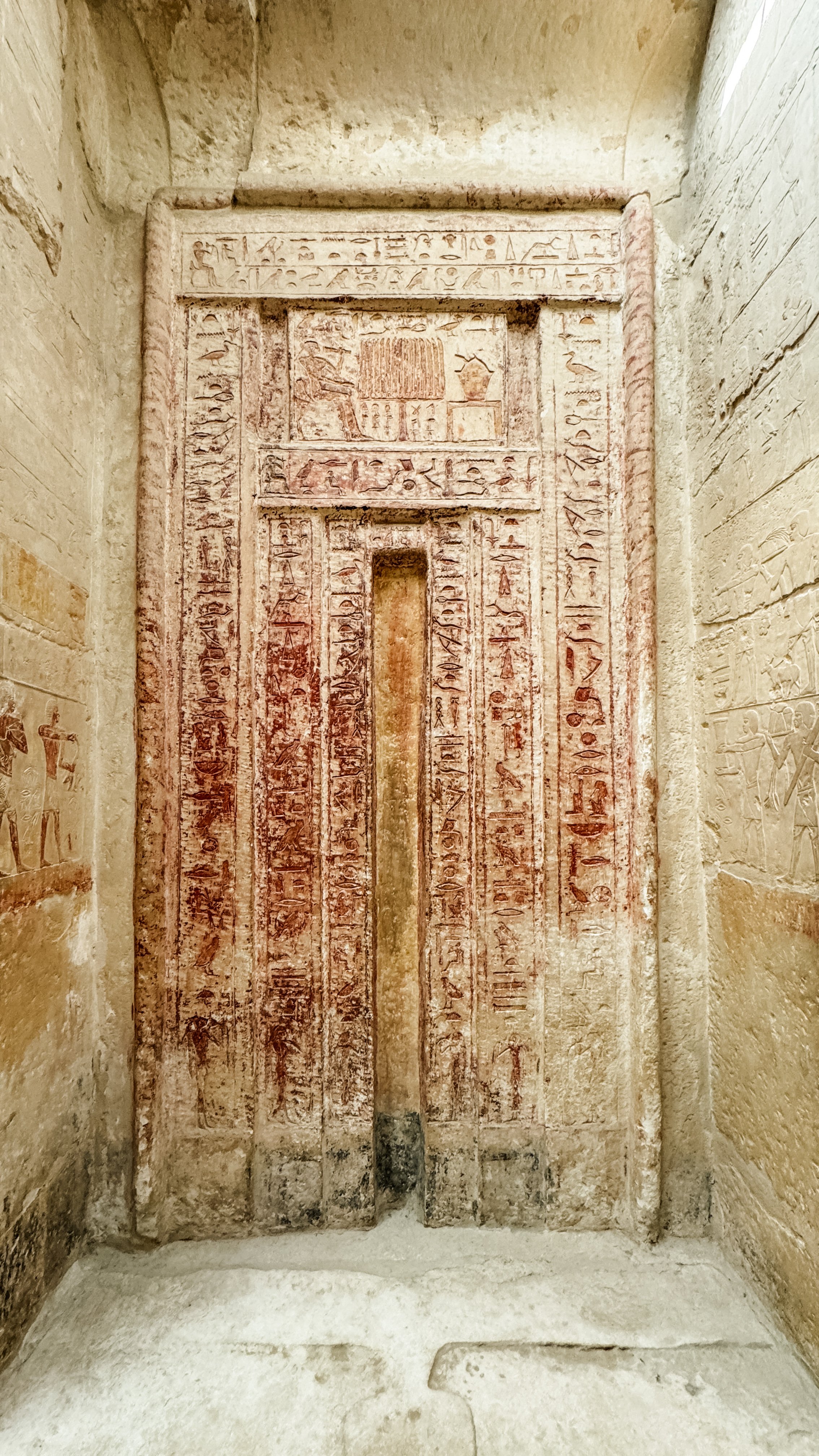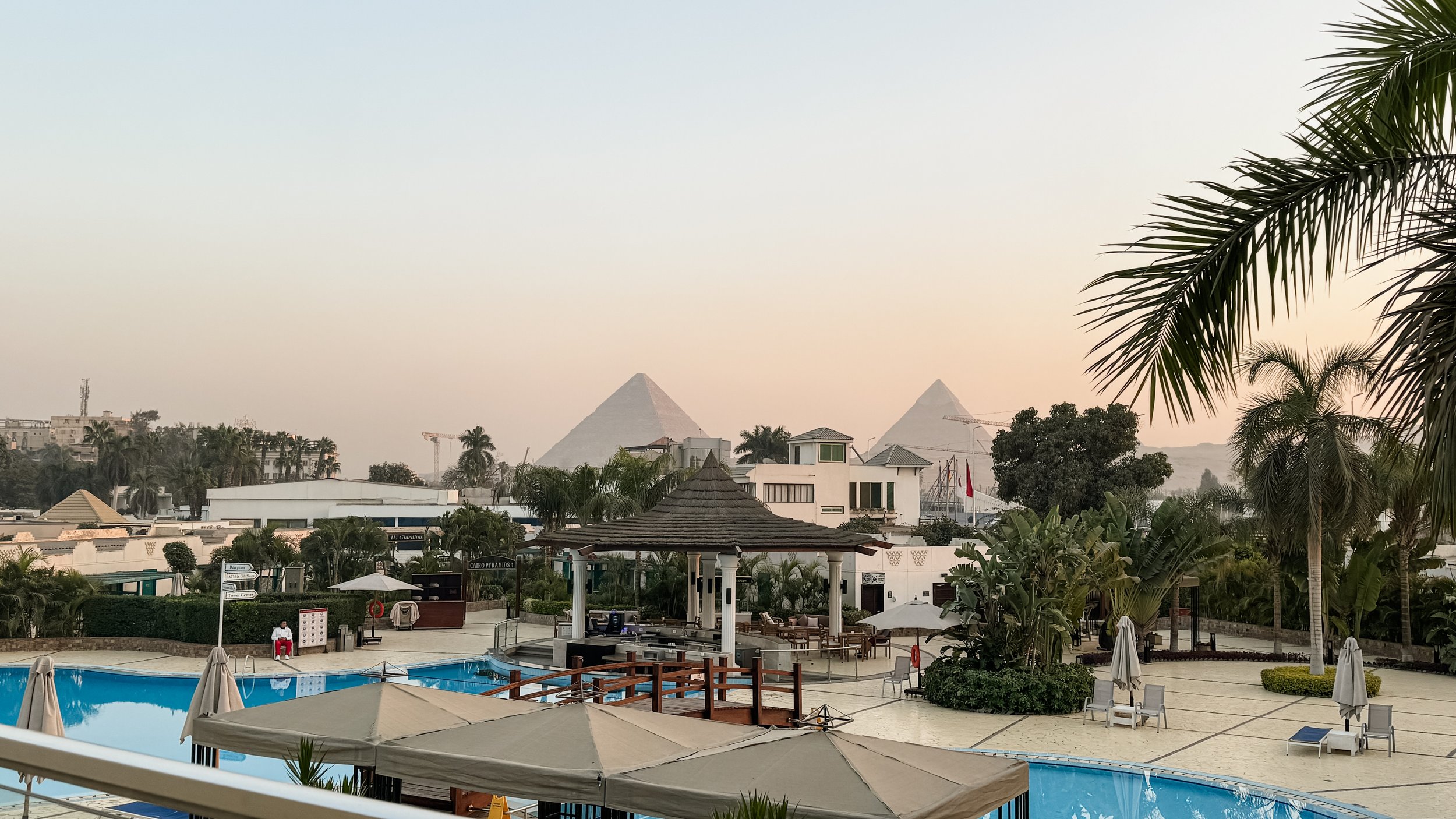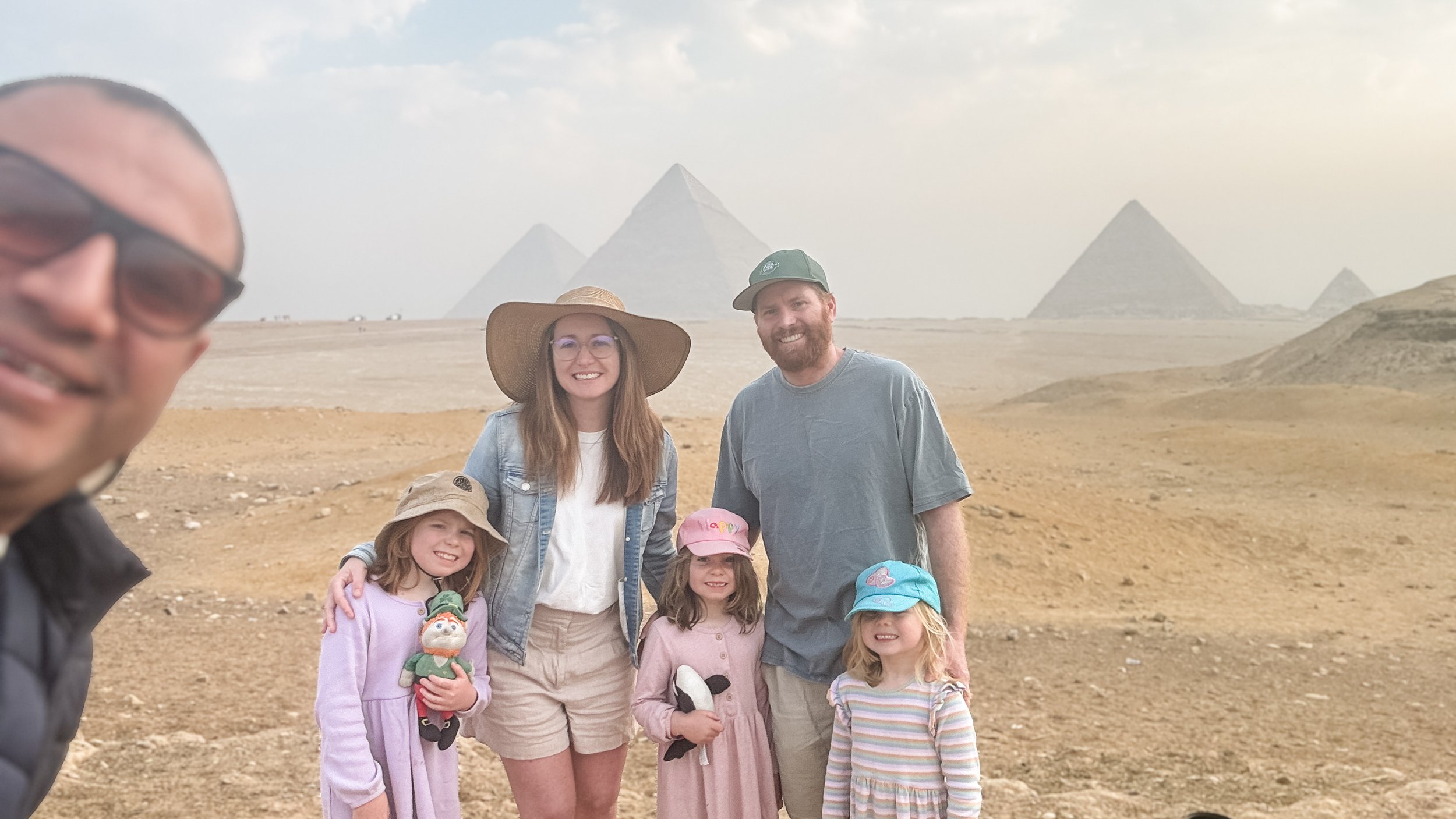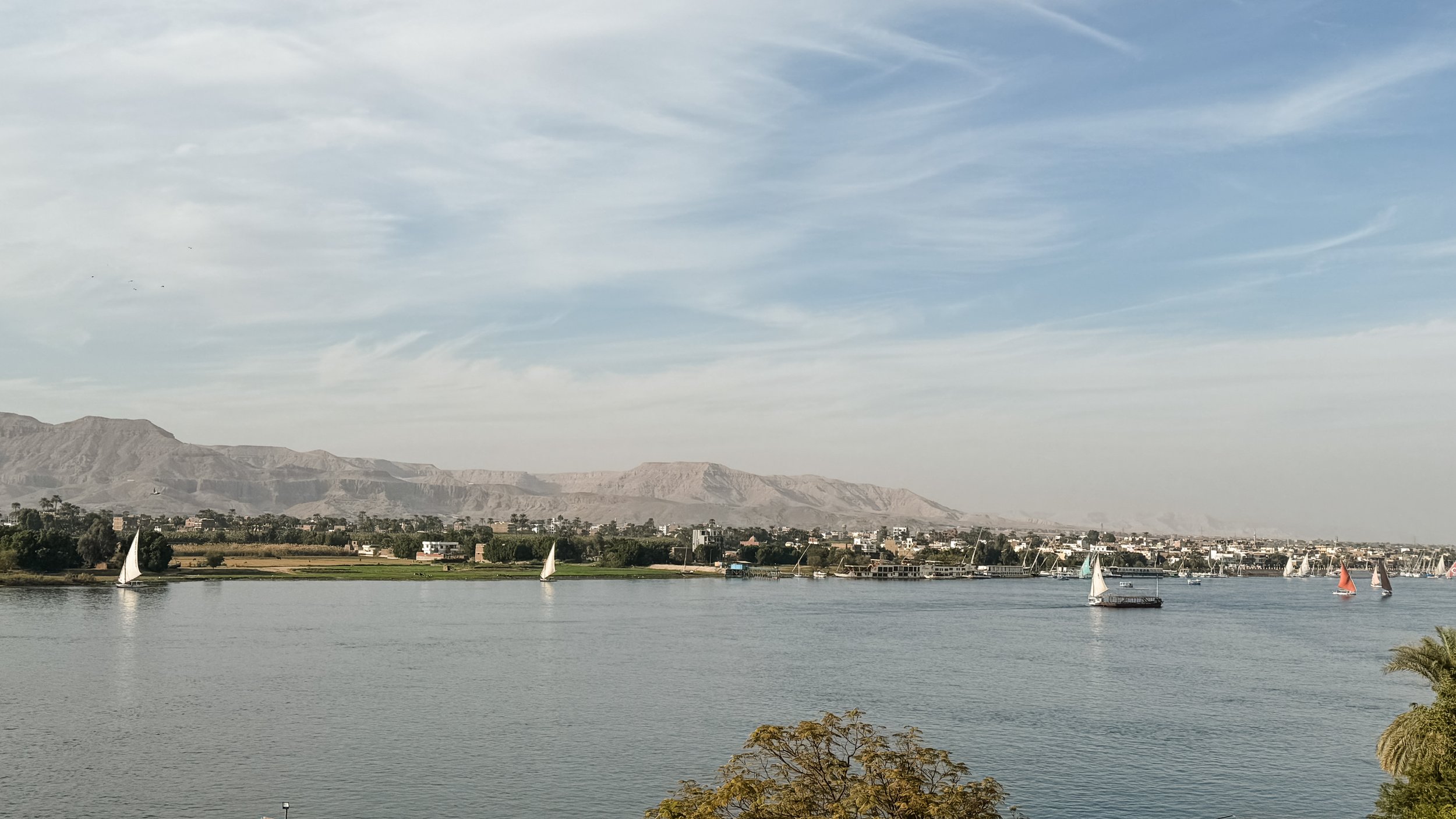The Ancient Mayan ruins at Tulum, are in my opinion, the most breathtaking ancient structures of the Yucatan Peninsula. Perched in the edge of the cliffs, overlooking the glistening turquoise and aqua ocean, the archeological zone is enclosed by an ancient wall.
Templo del Dios del Vientos in the background
Braino and I first visited these ruins on 2012 and we remember getting caught in a downpour of rain and sheltering in a tunnel within one of the ruins. Even though the weather wasn’t great on that visit, I’ve been captivated by Tulum ever since. Whenever I’ve created a vision board in the years since, I’ve always used a photos of the ruins at Tulum to represent my travel goals. It’s also been my laptops screensaver from time to time.
This time around, the day we visited was very hot and rather windy, but the views were even more spectacular than I remembered. The girls were more interested in the insane amount of iguanas that call the ruins their home.
El Castillo
The main temples, El Castillo and Templo del Dios del Viento are the two main ones you’ll see in photos, but the site contains many other structures set back a little way from the cliffs. The beach below the El Castillo is acesssable, however when we visited it was off limits due to excessive amounts of sargassum (seaweed).
El Castillo
El Castillo
The overall facilities have had a major update over the last decade too, it cater to Tulum’s increasing popularity. At the start of the archaeological zone, there is a sprawling market area filled with souvenir stalls, restaurants and even a Starbucks. You can even see a performance of Danza de los Voladores. There is even an electric shuttle bus that transports visitors from the main entrance to the ruins, saving about 20 minutes of walking.
El Castillo
The tickets to the Tulum Archaeological Zone were: $415 MXN pesos plus a seperate $100 MXN pesos for entry into the Jaguar National Park, I think I remember kids being either completely free or just requiring the $100 peso national park fee. Guides are an additional costs - we just choose to explore them on our own.
El Castillo in the background
Templo del Mar
Originally we planned to split our time in Mexico between Playa Del Carmen and Tulum as I had always envisioned staying in Tulum. However, once we got settled into our apartment in Playa Del Carmen, we decided to skip staying in Tulum together and extend our stay in Playa Del Carmen. The many reasons were:
Our accommodation in Playa Del Carmen worked out to be cheaper per night.
The apartment and the swimming pool were bigger in size. Apartments in Tulum only seemed to offer rooftop pools or small plunge pools.
We met so many lovely people in our apartment complex, it was such a friendly welcoming environment.
We could walk to the beach from our apartment in Playa Del Carmen. Tulum’s town centre and residential areas are a fair distance from the beach. Accessing the beachs of Tulum seems to be restricted to the expensive boutique hotels and beach clubs.
Tulum is marketed as a very instagrammable, trendy location which has attracted a lot of digital nomads over the years. All the stunningly spectacular architecture is inside the exclusive, expensive boutique resorts, so unless you’re staying in one of them, the rest of Tulum isn’t that much different from Playa Del Carmen. That was just our feeling anyway. We visited a few times and felt a little underwhelmed in the main town.
















































